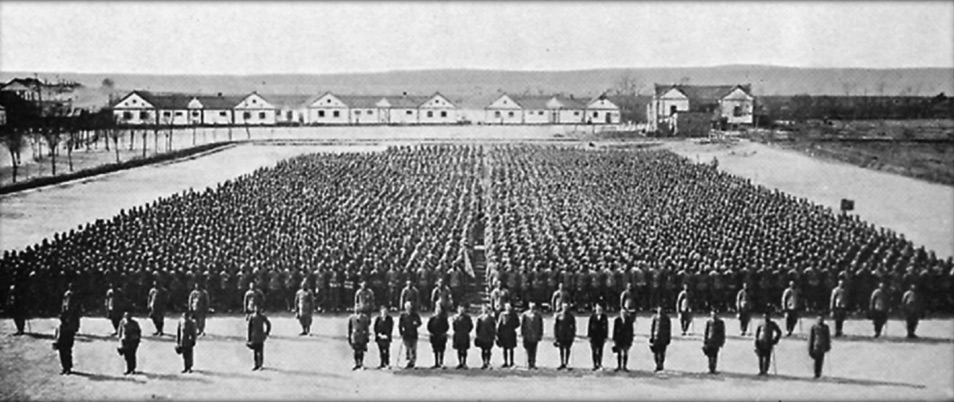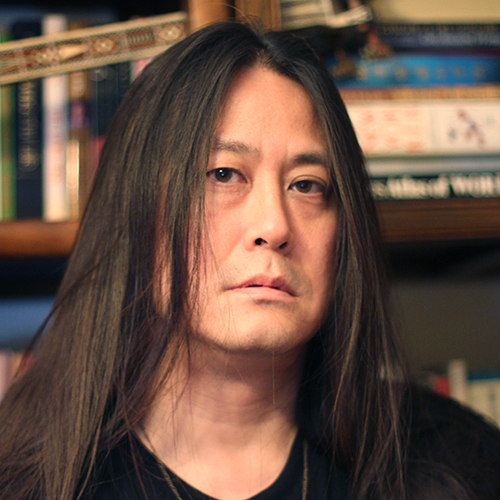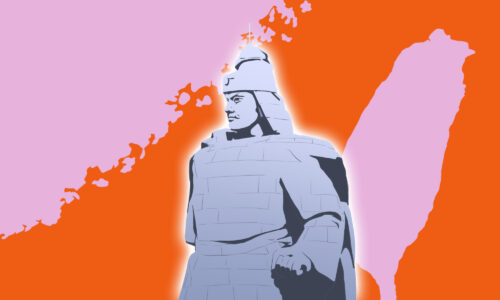Kuora: Explaining China’s Warlord Period, which splintered the country

Last week, we looked at the most overlooked moments in 20th-century Chinese history, which included the warlords. Following up on that, this week’s column comes from one of Kaiser’s answers originally posted to Quora on January 3, 2014:
What are some interesting moments in Chinese history that aren’t told often?
The opening lines of the classic novel The Romance of the Three Kingdoms, written in the Ming Dynasty by Luo Guanzhong, says, “The empire long divided must unite, and long united, must divide.” And so it would seem to be, looking at China’s long history. The Warlord Period of the 1910s and 1920s takes its place along with other eras of division: The Spring and Autumn (771 to ~550 BC), the Warring States (403 to 221 BC), the collapse of the Han and the Three Kingdoms (c. 180 to 260 AD), the long Era of Division that lasted from the Three Kingdoms to the reunification of China under Sui in the late 6th century; and the Five Dynasties and 10 Kingdoms period between Tang and Song (907 to 960 AD).
China’s Warlord Period is generally dated from 1916 to 1928, though it could be argued that warlordism continued in parts of China all the way up to 1949 and even beyond. The event that inaugurated it was the death of Yuan Shikai, the regional general under the Qing Dynasty who parlayed his power as the commander of some of the dynasty’s most modern and effective forces — the Beiyang Army — into a provisional presidency for himself after the Qing Emperor’s abdication in early 1912. Yuan Shikai was instrumental in bringing about that abdication, but had basically brokered a deal by which Sun Yat-sen, whose ideas really animated the Republican (Xinhai) Revolution of October 1911, would give up the provisional presidency to him if he could secure the end of Qing imperial rule. Sun made that deal, realizing that he would have just been a figurehead anyway and that Yuan really held all the cards.
Yuan ruled China from 1912 to his death in 1916, but during that time there were actually two further revolutions against him, with provinces already breaking away. This was a bit of foreshadowing, for China has always had distinctly fissiparous tendencies. The breaking point came in 1916 when, on the advice of a Columbia political scientist (Frank Goodnow) who was his advisor, he declared himself emperor of a new dynasty. That move was roundly condemned, and Yuan died soon after his farcical coronation.
As the most powerful late-Qing general, Yuan of course had around him a coterie of other militarists with a very diverse range of personalities and ideological bents. Most of the major warlord “cliques” were splinters from Yuan’s original Beiyang Clique, the militarists who were closely associated with him. There were some factions that splintered off from that, most notably the Anfu Club (or the Anhui Clique) whose leader, Duan Qirui — who for a while was nominally “president” of China — was from Anhui Province. Many of them were quite colorful: There was “The Pigtailed General” Zhang Xun, who tried to restore the Qing Dynasty (he never cut his queue, out of loyalty to the ancient regime); and the so-called “Christian General,” who was said to baptize his troops with a firehose before going into battle. In Shandong there was a real bastard of a warlord named Zhang Zongchang, who everyone called “The Dogmeat General,” because of his fondness for that pooch-based protein.
Cliques and factions proliferated, in shifting patterns of alliance. They tried to maintain some facade of unity, but they were constantly preparing for action against one another, jockeying for power and control of the symbols of power and control of important resources. The major warlord factions included the Anfu Clique (headed by Duan), the Zhili Clique (headed by Cao Kun and Wu Peifu), the northeastern Fengtian Clique (headed by Zhang Zuolin, another very colorful character). There were more independent guys, like Yan Xishan (“the Model Governor,” who ruled Shanxi province) and Feng Yuxiang, who were both regarded as more “patriotic” and were at least at some points during the period allied with Chiang Kai-shek. But not all of them commanded large armies: some of them were not much more than brigades of brigands, and if you were to tally up all of the warlords across the period commanding their own personally loyal forces, you’d probably come up with at least a thousand.
It was the weakness of China during the warlord period that many Chinese intellectuals blamed for the royal screwing that country got at Versailles, in the talks that would end the First World War. Secret agreements were made, for instance, giving German territories in China’s Shandong Province to Japan. On May 4, 1919, patriotic students poured out into the streets in rage and opposition to warlordism and imperialism, and it was out of this that the Communist Party really began to coalesce (it would be founded two years later in Shanghai) and that focused Sun Yat-sen on reorganizing the Kuomintang (Nationalist Party) in southern China’s Guangdong Province to launch a military campaign to retake the heart of China from the warlords. This would become the Northern Expedition of 1926-1928.
The Northern Expedition and the wars with different warlord coalitions that took place in the years afterward did succeed at least in creating a credible national government for a decade before the Japanese invasion, though the truth of it is that Chiang Kai-shek only really controlled the provinces of the south and the Yangzi Delta. Warlordism really did prevail in much of the rest of the country: In the southwest and Sichuan, in the northeast (until the Japanese took over and created the puppet state of Manchukuo in 1932), and even in much of the North China Plain, where Chiang only “controlled” things through tenuous alliances.
It’s really one period in Chinese history that hasn’t been studied enough, though it’s truly a fascinating period. Try James E. Sheridan’s China in Disintegration; Lucian Pye, Warlod Poiltics: Conflict and Coalition in the Modernization of Republican China; and Andrew Nathan, Peking Politics, 1918-1923: Factionalism and the Failure of Constitutionalism.
Kuora is a weekly column.






